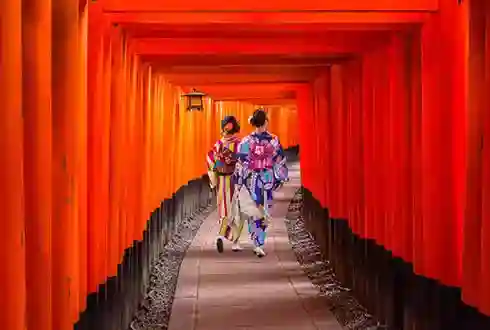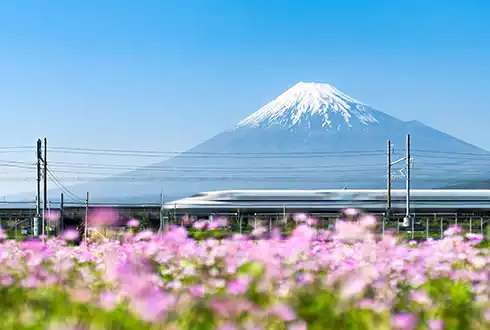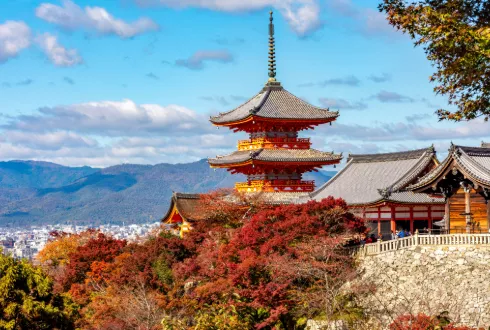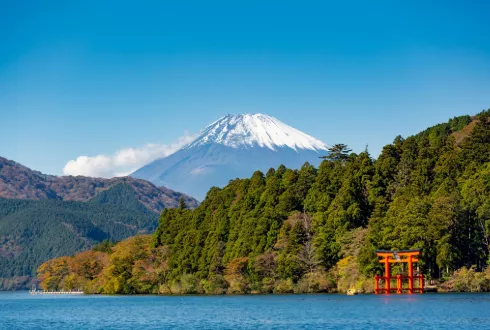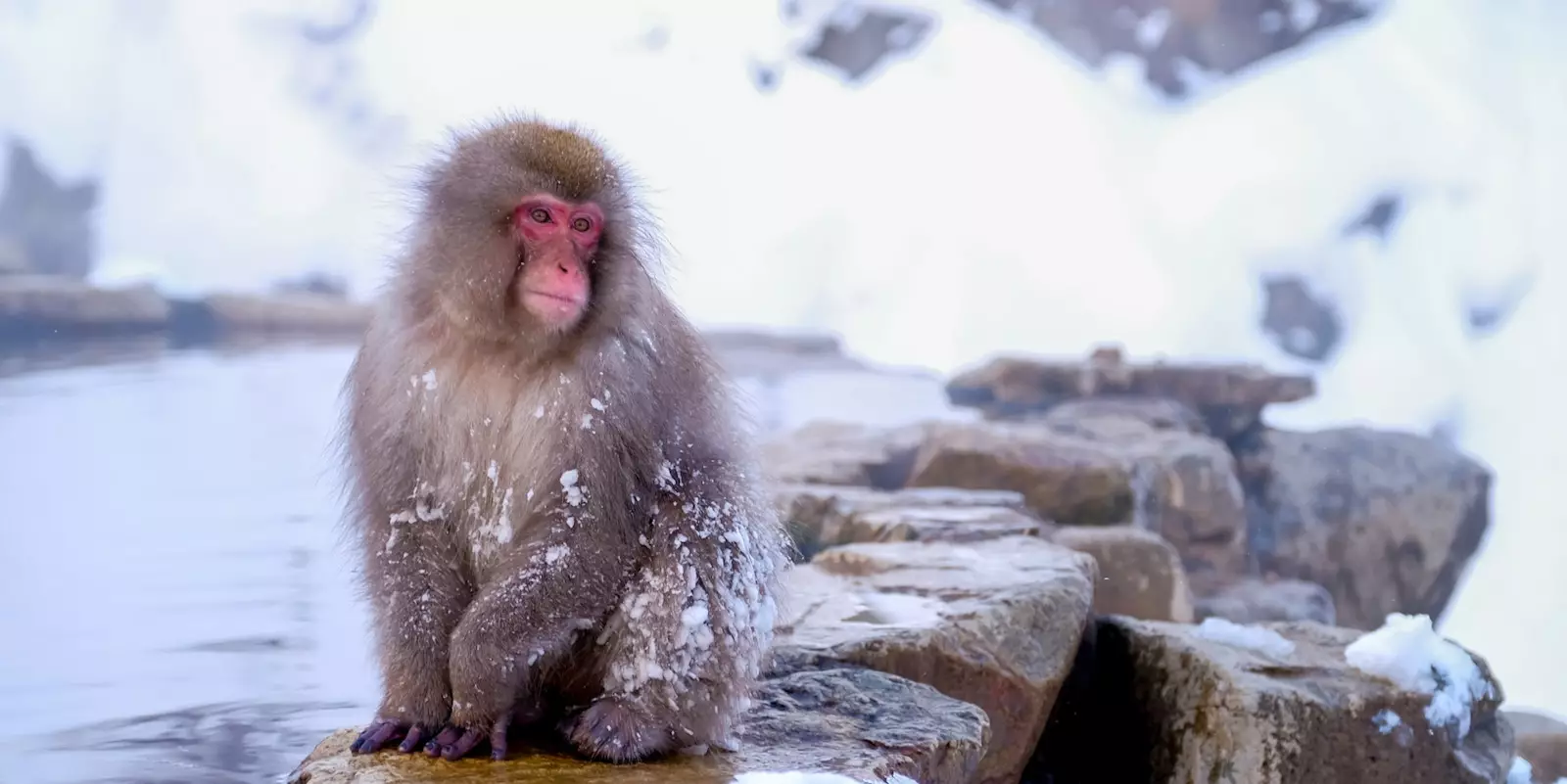
Snow Monkey Encounter Holidays with Wendy Wu Tour
Fully Inclusive of Tour & Flights
Fully Inclusive of Tour & Flights
Fully Inclusive of Tour & Flights
Fully Inclusive of Tour & Flights
Fully Inclusive of Tour & Flights
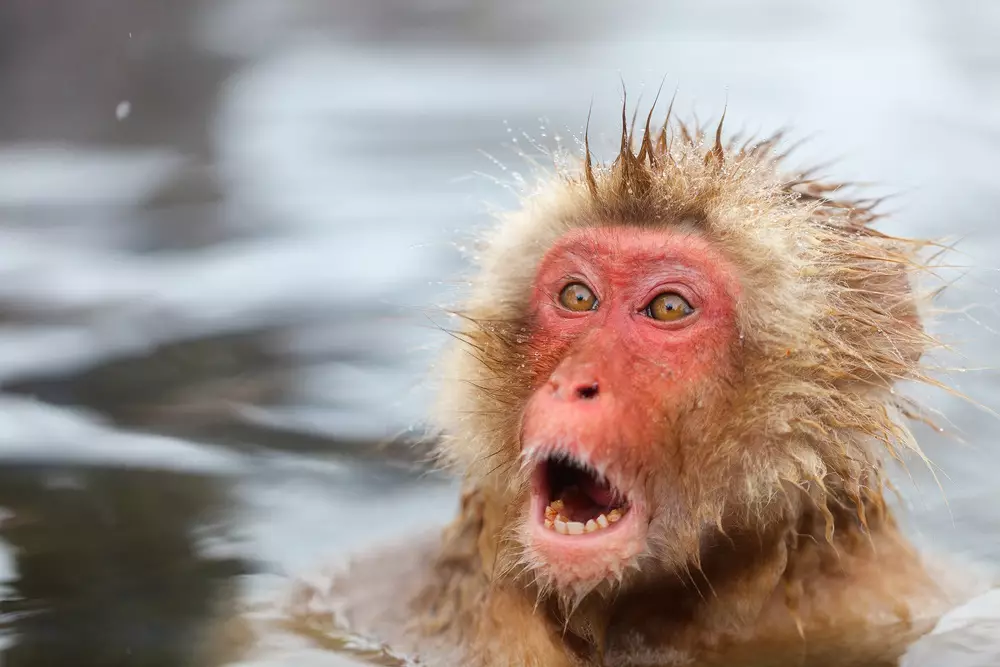
You can see Japanese macaques across most of Japan’s islands, with the exception of Hokkaido, the most northerly, though not necessarily in the snow!
However, the most likely place to see them is the Jigokudani Monkey Park near Nagano, which is easily accessible from Tokyo. Here the world-famous troop pops down from the mountains to bathe in their hot spring pool and you can observe them at close quarters.
They visit year-round but are best observed in the winter. At this time of year, the cold weather is most likely to draw them to the warmth of the water and the snow gives them their true ‘snow monkey’ persona. Watching their antics in the pools is truly fascinating; the way they groom each other, wrestle, play and sunbath is mesmerising and oddly human!
There are other monkey parks across the island of Honshu that you can also see Japanese macaques, but there won’t be any hot springs or snow involved!
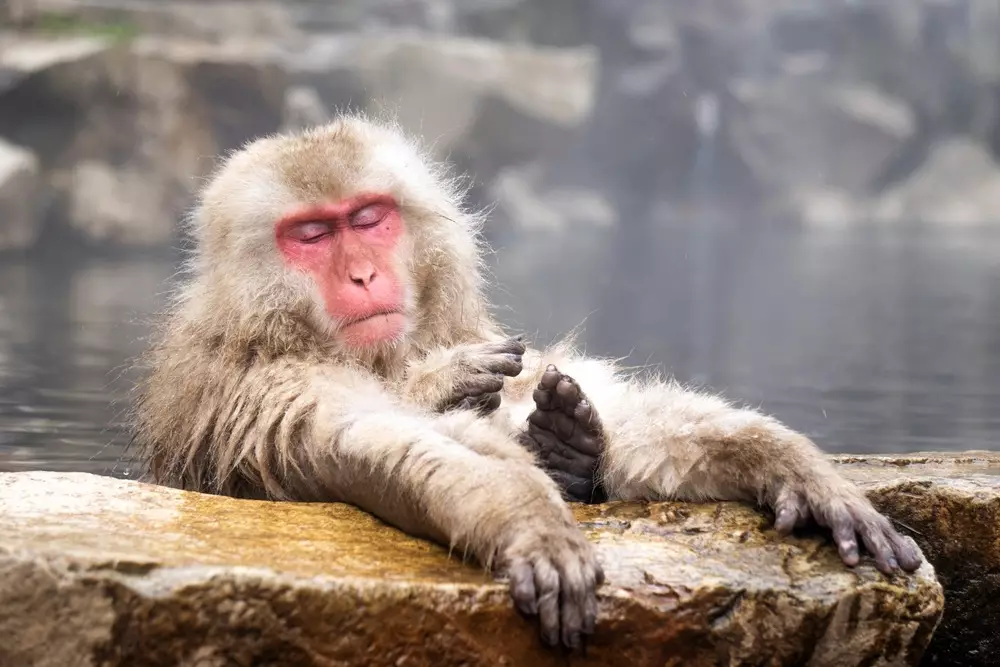
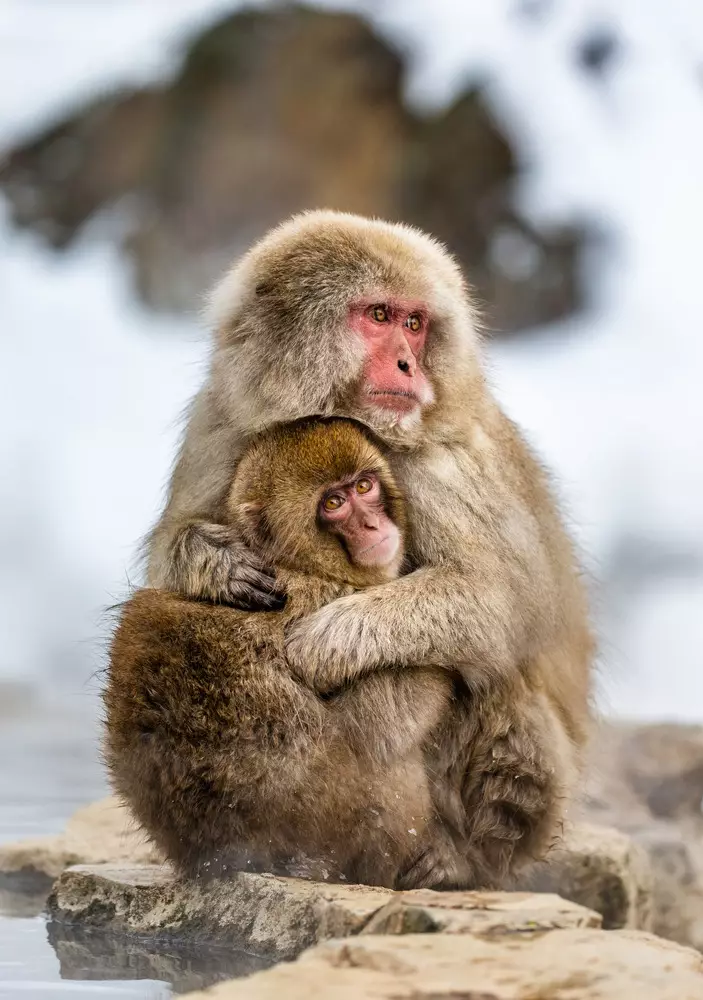
Most snow monkeys do not live in the snow. In fact, Japanese macaques live in a vast array of habitats, ranging from subtropical forests in the south to subalpine regions in the north. Each troop is perfectly adapted to their environments; the monkeys that do live in the snow have luxuriously thick fur that increases in density as the temperature drops.
These cold region populations can survive in temperatures as low as -20° and are the only non-human primate to live so far north. No wonder so of them bathe in the hot springs!
With brownish grey fur and pinkish faces, male macaques are larger, at around 11kg, while females are around 8kg. They are opportunistic omnivores, adapting their tastes to whatever is available to them. This includes 213 species of plant, insects, bark, soil, fungi, fruit, nuts and more.
Living in troops of between 20 to 100 individuals, the macaques have a complex social structure which is both matrilineal (females stay with their female relatives) and hierarchical. Males can flit between troops or head out solo. Females give birth to babies on the ground and carry them on their belly for four weeks (the troop won’t stop moving to wait for new mums!) and then on their backs for up to a year. Baby macaques have their first solid food between 5 and 6 weeks and are able to forage independently from 7 weeks.
Japanese macaques are well-known for their playful nature – as well as the usual antics, they’ve been seen rolling snowballs and playing games with rocks – and also their intelligence. This is best highlighted by their ability to develop and pass on new behaviours; the best example of this is hot spring bathing.
Only a single population of macaques do this, and it started with a young female back in the 1960s discovering the joys of the warm water. Her troop followed her into the water, to the point that a separate pool was dug just for them, and continues to do so today, so much so it is the iconic image of the species!
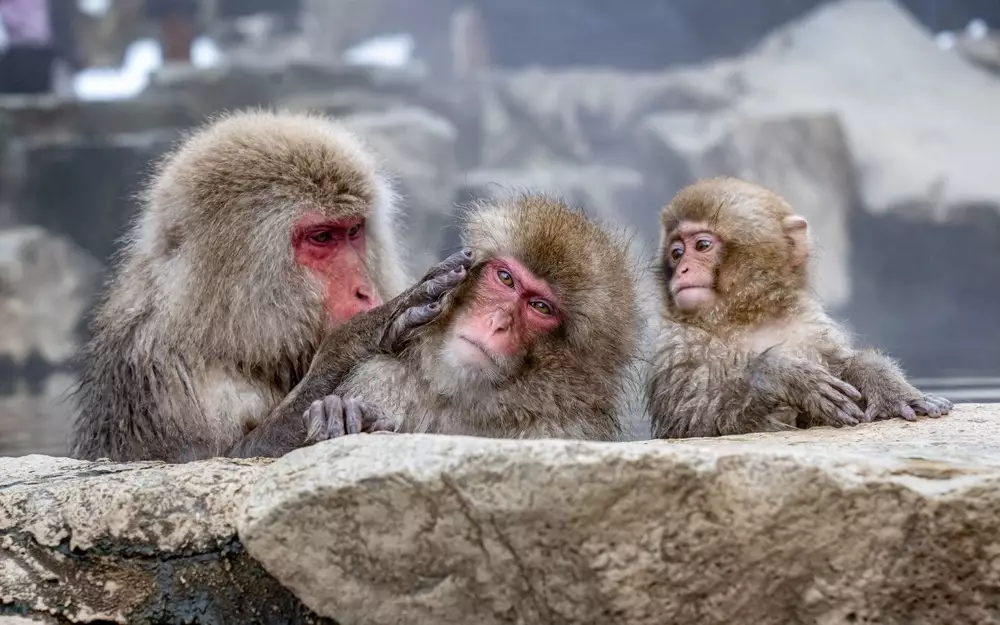
Japanese macaques have an important place in Japanese culture. The subject of many Buddhist stories, they are the monkeys of the famous ‘Three Wise Monkeys’ – a wooden relief of ‘See no evil, hear no evil, speak no evil’ can be seen at Toshogu Shrine in Nikko.
They are also seen as messengers to the gods in the Shinto religion and are figures in both art and folklore. Turns of phrase also feature monkeys, and proverbs such as ‘even monkeys fall from trees’, a more creative way of saying we all make mistakes.
Over time, the depictions of the monkeys has gone back and forth between positive and negative. While they have been mediators between gods and humans, they have also been tricksters and representative of the unlikeable side of human nature. They have also been viewed as pests, especially by the farmers who have to suffer macaque raids on their produce.
Japanese macaques, though, are beloved enough to have protected status in Japan, and are especially admired for their bathing, which in Japan, represents purification and a connection with nature and the divine.
